- 2000
- 2001
- 2002
- 2005
- 2006
- 2011
- 2015
- 2016
- 2019
- 2020
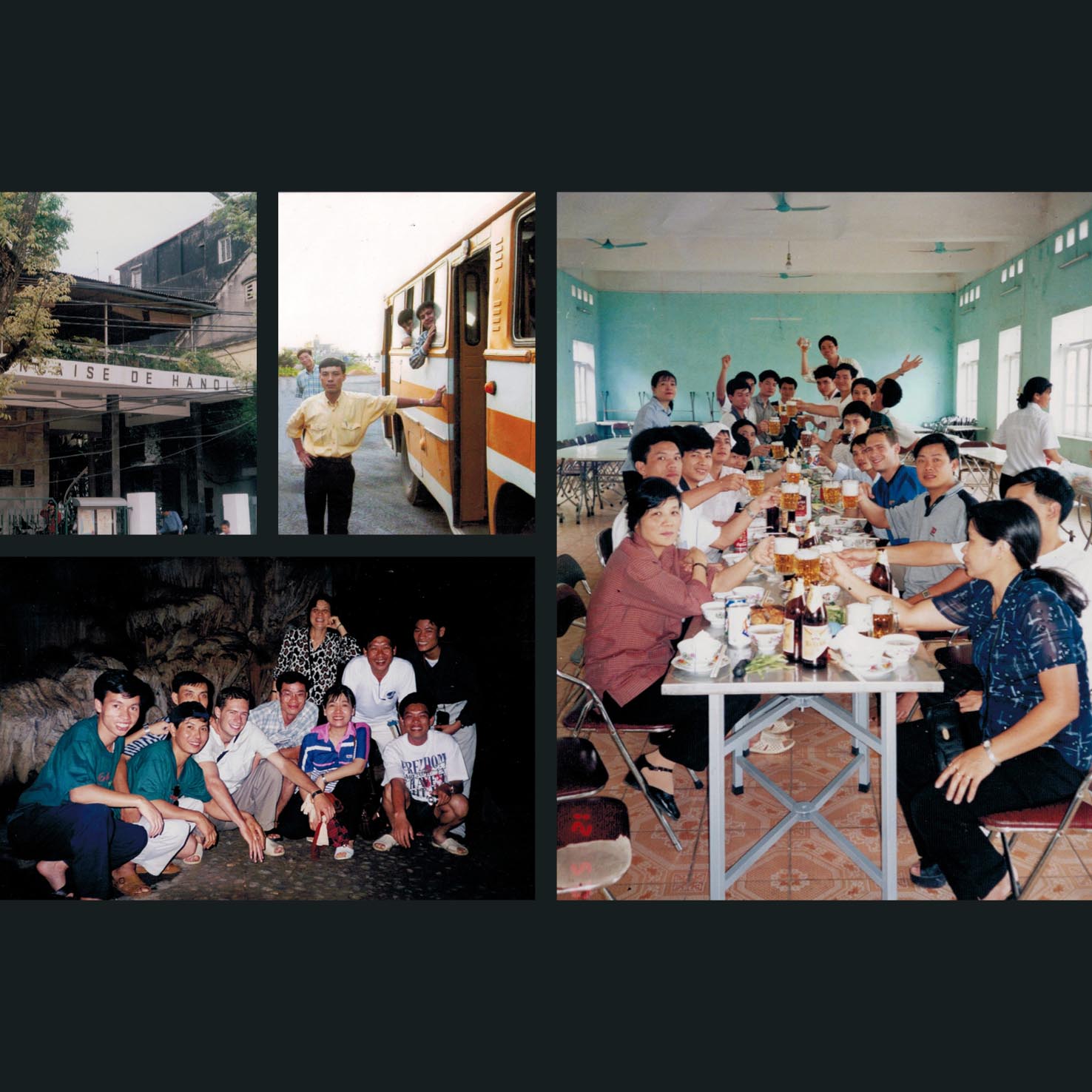
2000
Voyageur dans l'âme, Charles part enseigner le français à des officiers de l'armée populaire du Vietnam dans le cadre de la coopération du service nationale. C'est une expérience d'immersion culturelle intense, elle lui permet de découvrir le pays de l’intérieur et d'en apprendre sa langue au contact de ses étudiants.

2001
Charles sillonne le Vietnam sur une vieille moto Biélorusse. Il découvre l'artisanat vietnamien, riche, varié, abordable. Les savoir-faire y sont regroupés par villages d'artisanat : tissage, bambou, laque, céramique, ... C'est en voyant le succès rencontré par ses cadeaux auprès de sa famille que l'idée lui vient : faire connaître, diffuser ces savoir-faire à un public plus large. Charles a trouvé une bonne raison de prolonger sa relation avec le Vietnam et l'entreprise L'Indochineur est née.
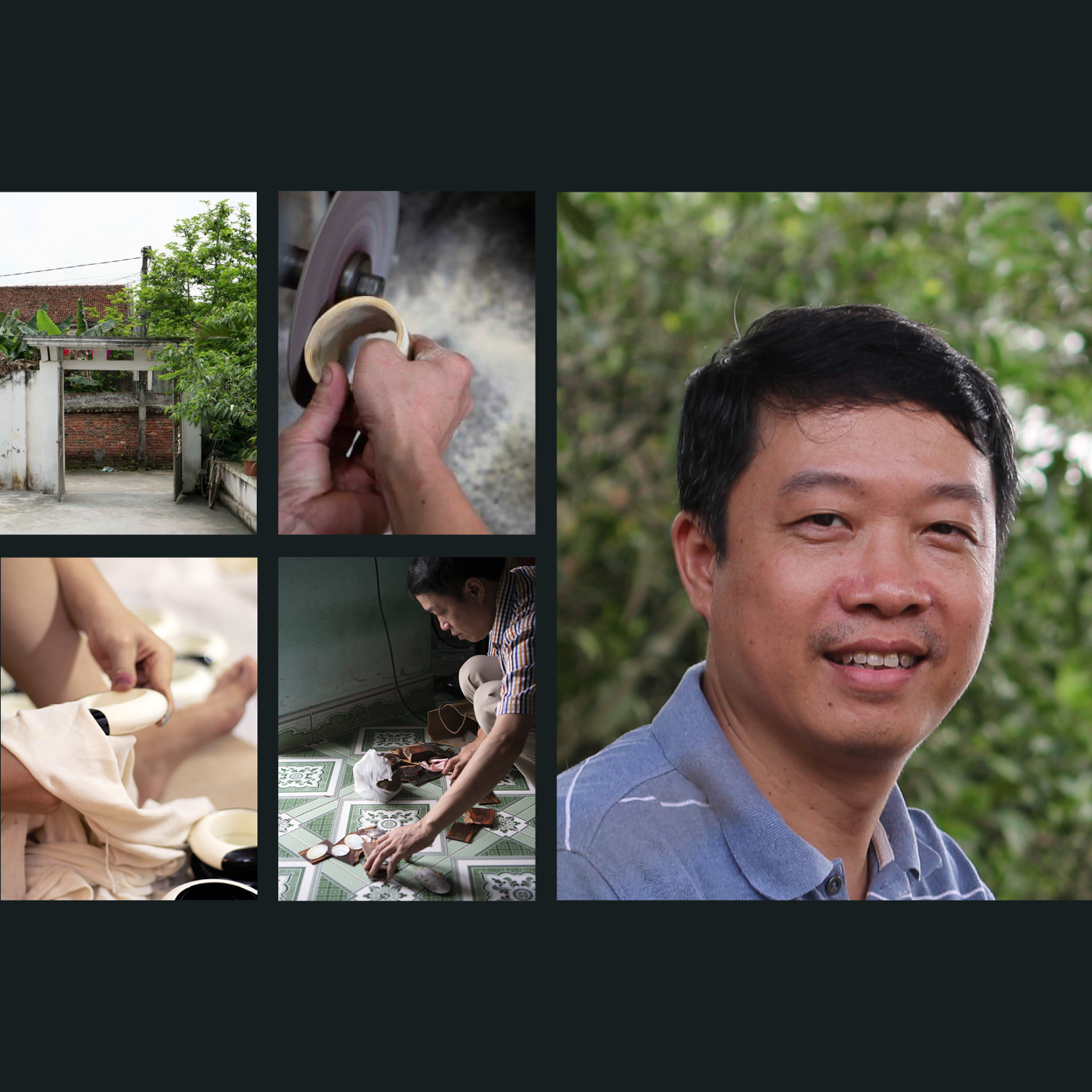
2002
Fils d'un artisan travaillant la corne, les premières amours d'Anh Cường le portent d'abord sur la marqueterie de nacre. Toujours enthousiaste à l'idée d'expérimenter autour des savoir-faire traditionnels, il dispose aujourd'hui d'un atelier regroupant le travail de la corne, de la laque, du bois et du métal. Nous avons conçu avec lui les collections Cánh Đồng et Công Trình (également en collaboration avec Anh Quân).
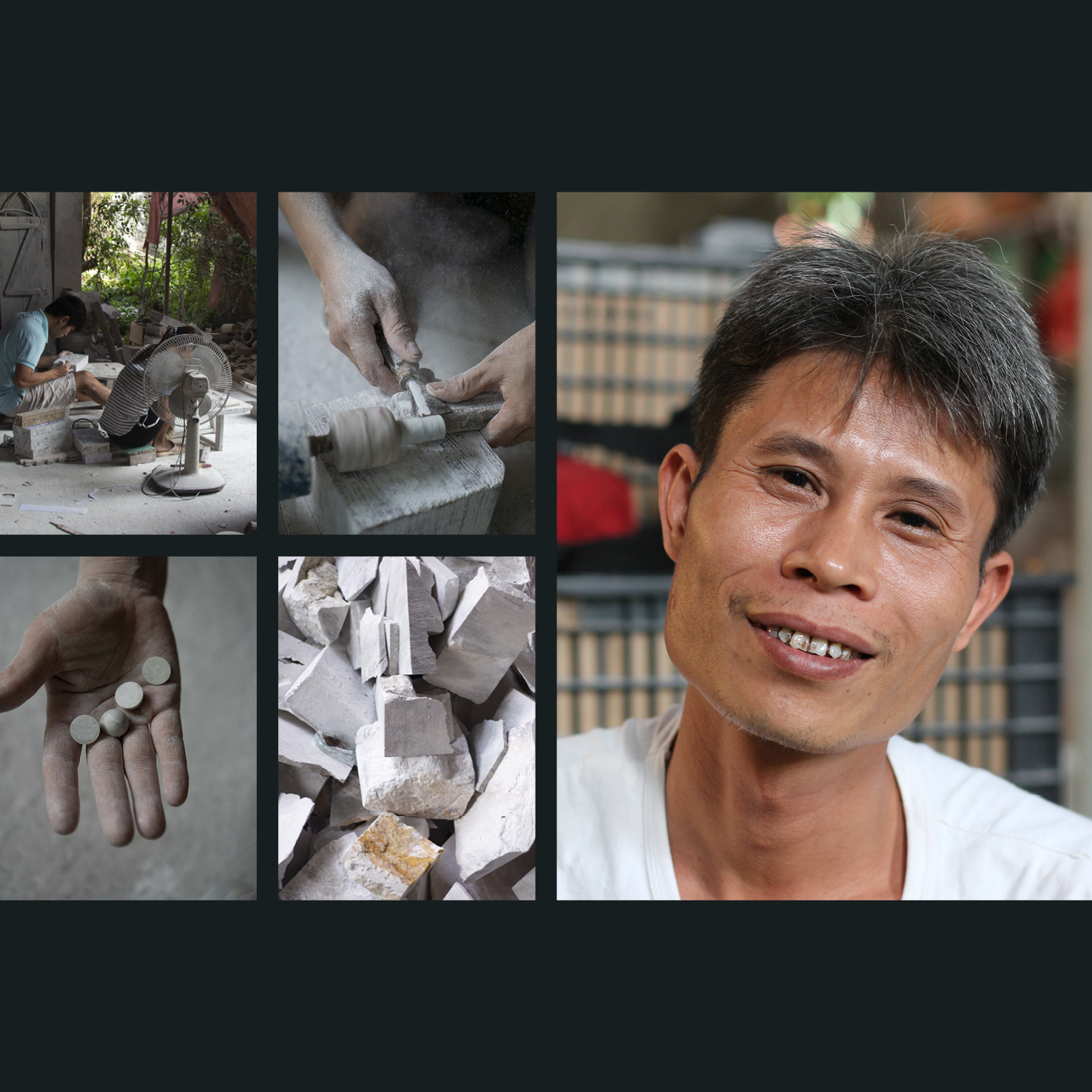
2005
Ayant entendu parler d'un village spécialisé dans la sculpture sur pierre, Charles entre dans une maison au hasard et fait la connaissance d'Anh Quân autour d'un thé vert. Il sculpte traditionnellement de grandes fresques en bas-reliefs. Après plusieurs années de collaboration autour de boîtes en pierre sculptée, nous avons élaboré ensemble la collection boîtes en pierre à savon Mặt Trăng.

2006
Rencontre du couple de Chị Nga et Anh Tư. Elle est originaire du village de la Corne près d'Hanoï et lui travaille le bois. Installés près de Saïgon, ils allient leurs savoir-faire autour du façonnage de la corne. Après des années de collaboration autour des couverts en corne laqués, nous avons créé avec eux la collection de couverts Đũa.
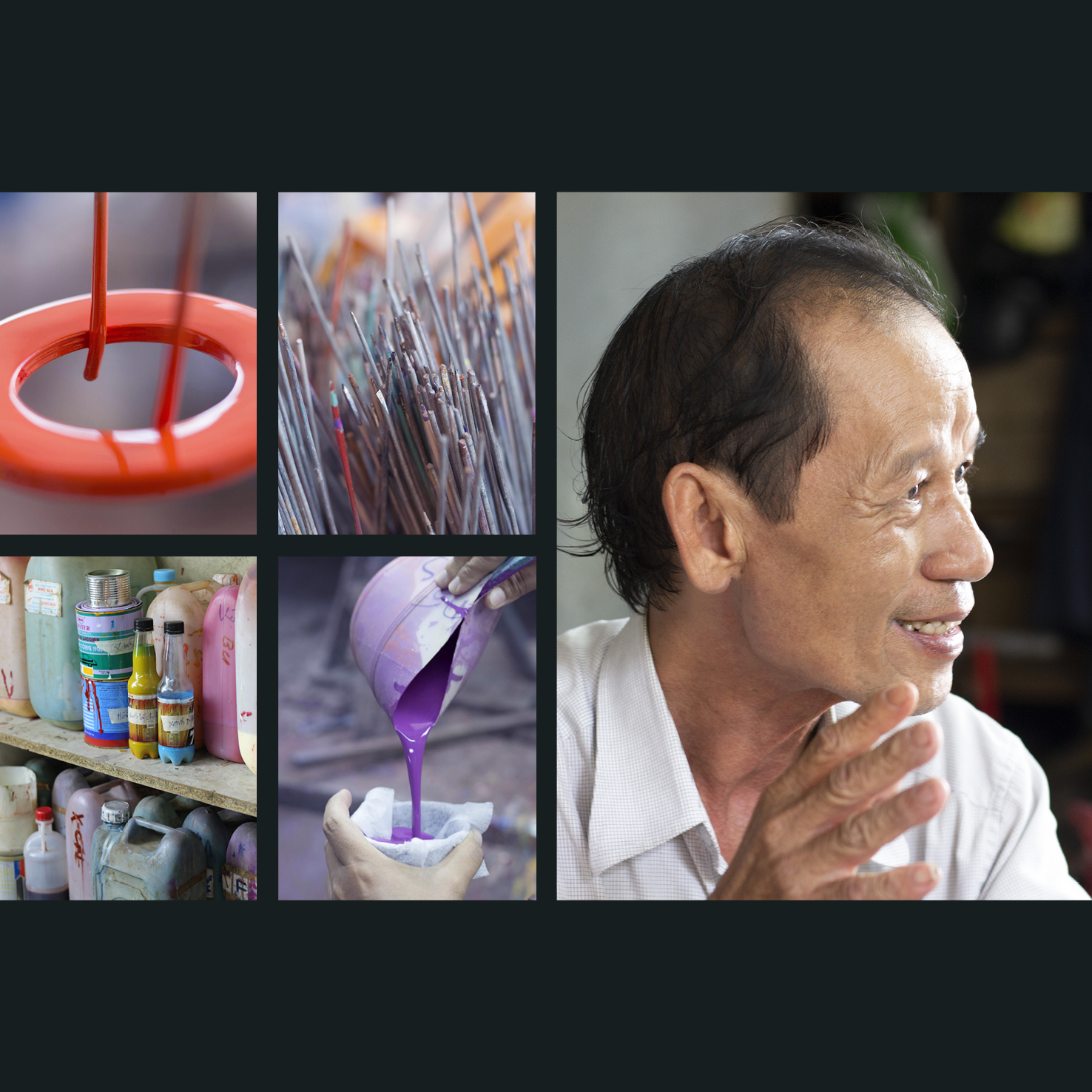
2011
C'est en découvrant de magnifiques pièces laquées dans une boutique que nous avons entendu parler de Chu Nam pour la première fois. Pour chaque produit il passe entre 3 et 7 couches de laque, dans un atelier clos et protégé des poussières extérieures. Les pièces sont ensuite polies à l'eau. Nous avons conçu avec lui les bijoux de la collection Hai Màu.
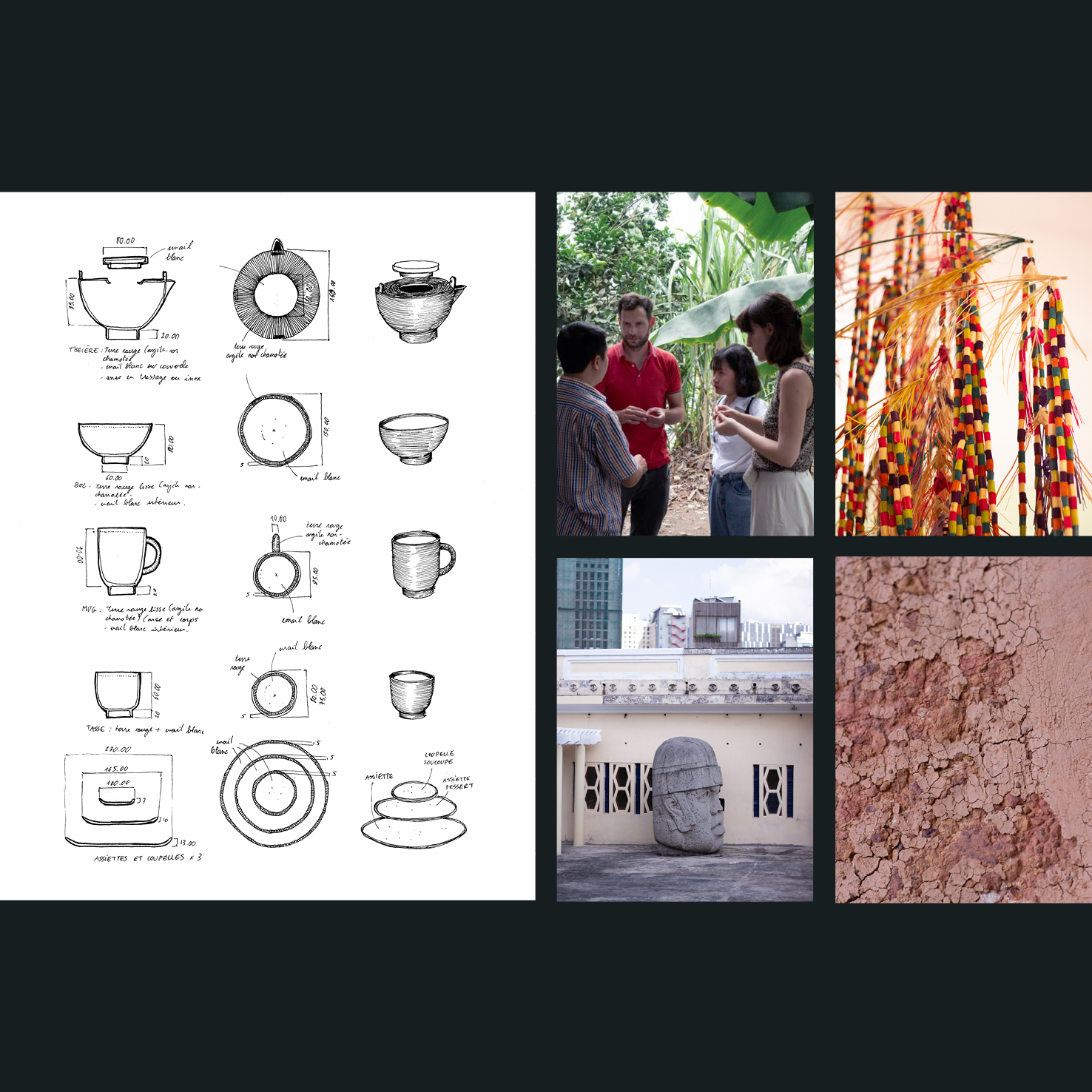
2015
En 2015, l’envie d’aller plus loin dans la création amène Charles à recruter un designer. C’est le début du bureau de création interne. L'équipe va alors à la rencontre des artisans pour mieux comprendre leur savoir-faire afin de donner naissance ensemble à des collections d’objets originaux croisant les différents artisanats.
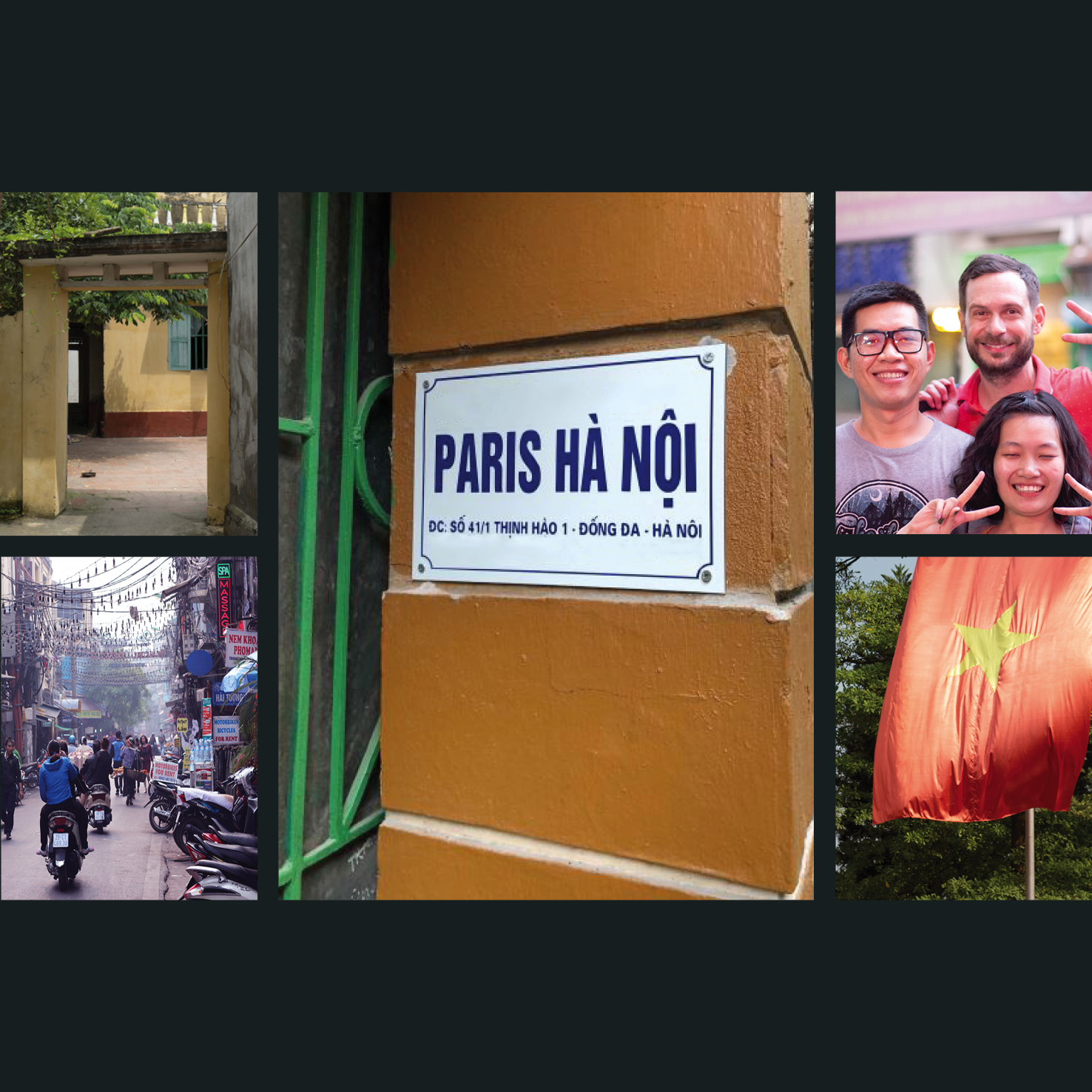
2016
C'est la création du bureau d'Hanoï, avec le recrutement des premiers employés au Vietnam. Aujourd'hui ce sont Vy et Sơn qui sont sur place toute l'année assurant un lien permanent avec nos artisans-partenaires.
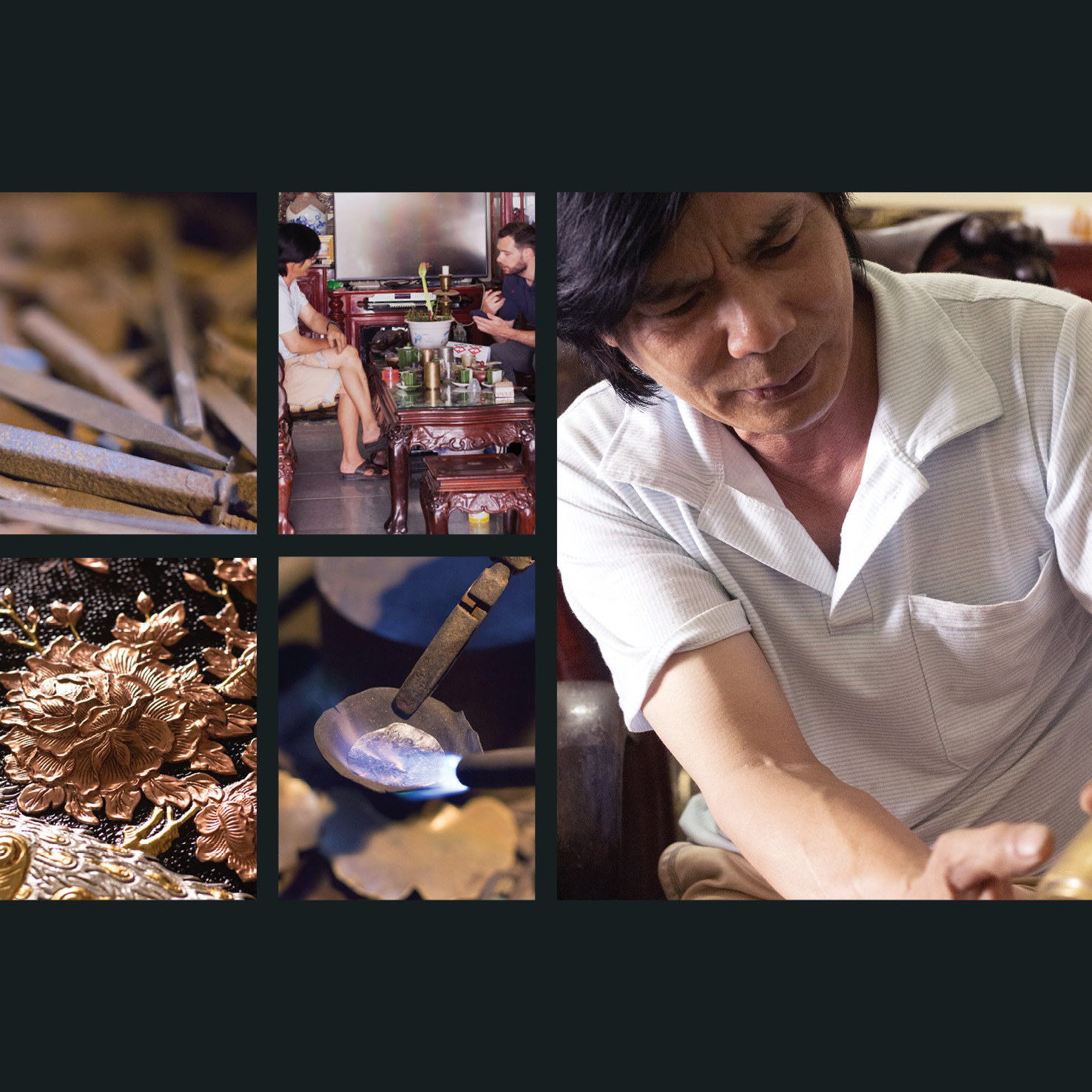
2019
Nous avons rencontré Chú Họach au printemps, dans son village natale de Đồng Xâm. C'est le village traditionnel du bronze où furent trouvés les célèbres tambours datant du ler millénaire. Chú Họach s'inscrit dans cet héritage en travaillant le cuivre repoussé et martelé. Il le cisèle en fresques délicates et en bijoux. C'est un véritable orfèvre, avec lui nous avons dessiné la collection Vết Búa.
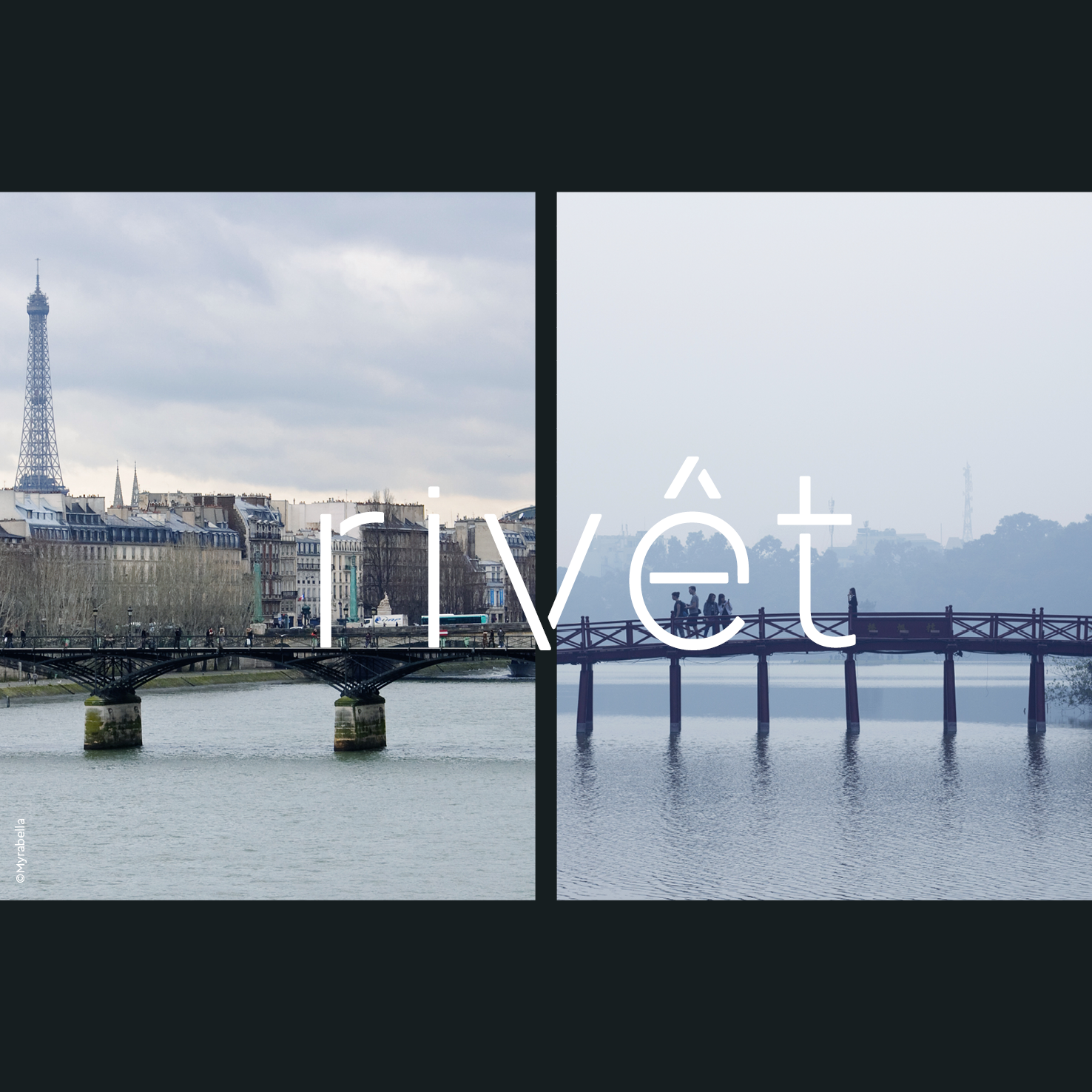
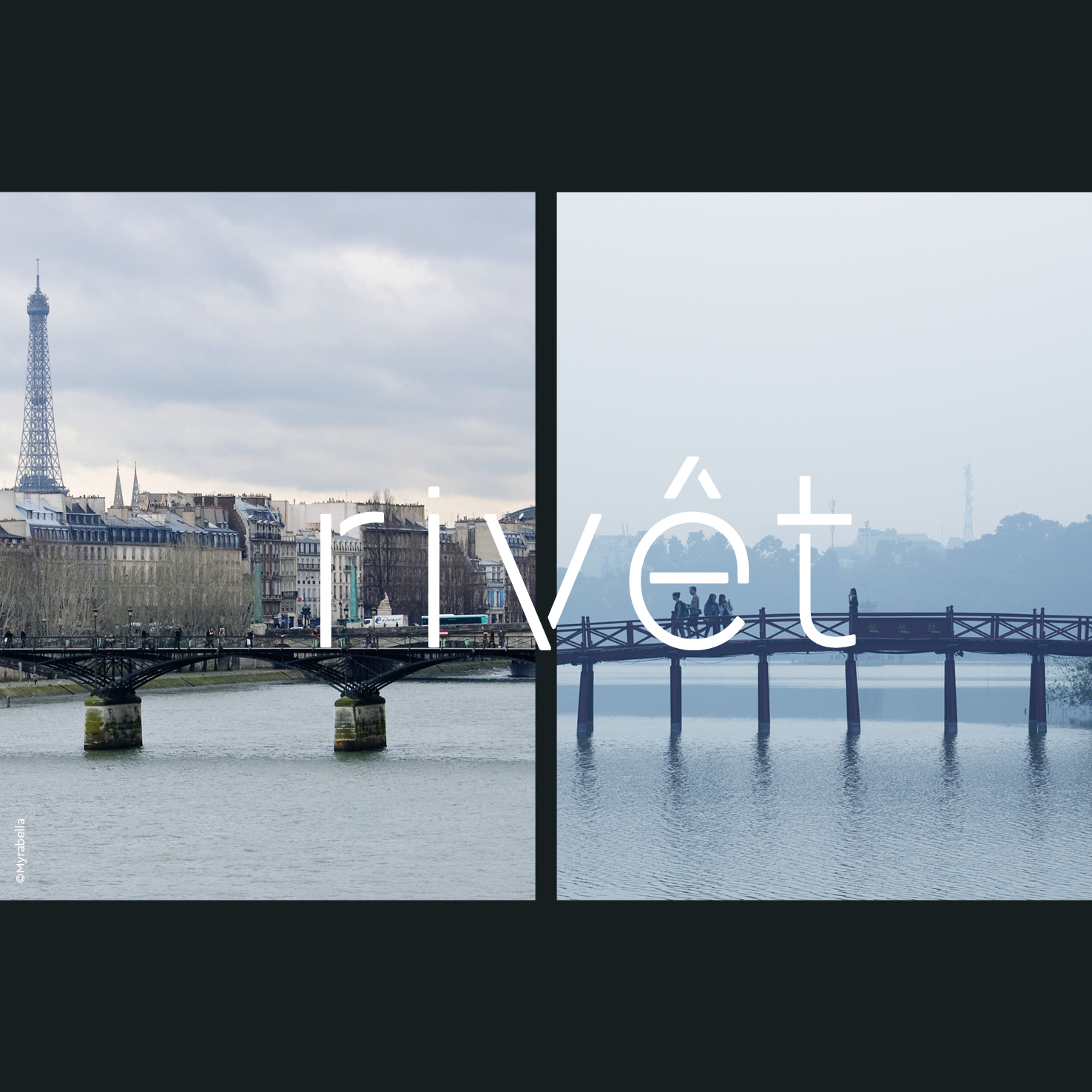
2020
Poussés par l'envie de mieux expliquer ce que nous faisons, de partager nos créations, de parler de nos partenaires, nous créons la marque rivêt. Mélange de deux mots : le français "rivet" et le vietnamien "ri-vê" désignant tous deux une pièce technique faisant le lien entre deux autres. Nous avons voulu imaginer rivêt comme un pont entre les deux cultures.











2000
Voyageur dans l'âme, Charles part enseigner le français à des officiers de l'armée populaire du Vietnam dans le cadre de la coopération du service nationale. C'est une expérience d'immersion culturelle intense, elle lui permet de découvrir le pays de l’intérieur et d'en apprendre sa langue au contact de ses étudiants.
2001
Charles sillonne le Vietnam sur une vieille moto Biélorusse. Il découvre l'artisanat vietnamien, riche, varié, abordable. Les savoir-faire y sont regroupés par villages d'artisanat : tissage, bambou, laque, céramique, ... C'est en voyant le succès rencontré par ses cadeaux auprès de sa famille que l'idée lui vient : faire connaître, diffuser ces savoir-faire à un public plus large. Charles a trouvé une bonne raison de prolonger sa relation avec le Vietnam et l'entreprise L'Indochineur est née.
2002
Fils d'un artisan travaillant la corne, les premières amours d'Anh Cường le portent d'abord sur la marqueterie de nacre. Toujours enthousiaste à l'idée d'expérimenter autour des savoir-faire traditionnels, il dispose aujourd'hui d'un atelier regroupant le travail de la corne, de la laque, du bois et du métal. Nous avons conçu avec lui les collections Cánh Đồng et Công Trình (également en collaboration avec Anh Quân).
2005
Ayant entendu parler d'un village spécialisé dans la sculpture sur pierre, Charles entre dans une maison au hasard et fait la connaissance d'Anh Quân autour d'un thé vert. Il sculpte traditionnellement de grandes fresques en bas-reliefs. Après plusieurs années de collaboration autour de boîtes en pierre sculptée, nous avons élaboré ensemble la collection boîtes en pierre à savon Mặt Trăng.
2006
Rencontre du couple de Chị Nga et Anh Tư. Elle est originaire du village de la Corne près d'Hanoï et lui travaille le bois. Installés près de Saïgon, ils allient leurs savoir-faire autour du façonnage de la corne. Après des années de collaboration autour des couverts en corne laqués, nous avons créé avec eux la collection de couverts Đũa.
2011
C'est en découvrant de magnifiques pièces laquées dans une boutique que nous avons entendu parler de Chu Nam pour la première fois. Pour chaque produit il passe entre 3 et 7 couches de laque, dans un atelier clos et protégé des poussières extérieures. Les pièces sont ensuite polies à l'eau. Nous avons conçu avec lui les bijoux de la collection Hai Màu.
2015
En 2015, l’envie d’aller plus loin dans la création amène Charles à recruter un designer. C’est le début du bureau de création interne. L'équipe va alors à la rencontre des artisans pour mieux comprendre leur savoir-faire afin de donner naissance ensemble à des collections d’objets originaux croisant les différents artisanats.
2016
C'est la création du bureau d'Hanoï, avec le recrutement des premiers employés au Vietnam. Aujourd'hui ce sont Vy et Sơn qui sont sur place toute l'année assurant un lien permanent avec nos artisans-partenaires.
2019
Nous avons rencontré Chú Họach au printemps, dans son village natale de Đồng Xâm. C'est le village traditionnel du bronze où furent trouvés les célèbres tambours datant du ler millénaire. Chú Họach s'inscrit dans cet héritage en travaillant le cuivre repoussé et martelé. Il le cisèle en fresques délicates et en bijoux. C'est un véritable orfèvre, avec lui nous avons dessiné la collection Vết Búa.
2020
Poussés par l'envie de mieux expliquer ce que nous faisons, de partager nos créations, de parler de nos partenaires, nous créons la marque rivêt. Mélange de deux mots : le français "rivet" et le vietnamien "ri-vê" désignant tous deux une pièce technique faisant le lien entre deux autres. Nous avons voulu imaginer rivêt comme un pont entre les deux cultures.













2000
Voyageur dans l'âme, Charles part enseigner le français à des officiers de l'armée populaire du Vietnam dans le cadre de la coopération du service nationale. C'est une expérience d'immersion culturelle intense, elle lui permet de découvrir le pays de l’intérieur et d'en apprendre sa langue au contact de ses étudiants.
2001
Charles sillonne le Vietnam sur une vieille moto Biélorusse. Il découvre l'artisanat vietnamien, riche, varié, abordable. Les savoir-faire y sont regroupés par villages d'artisanat : tissage, bambou, laque, céramique, ... C'est en voyant le succès rencontré par ses cadeaux auprès de sa famille que l'idée lui vient : faire connaître, diffuser ces savoir-faire à un public plus large. Charles a trouvé une bonne raison de prolonger sa relation avec le Vietnam et l'entreprise L'Indochineur est née.
2002
Fils d'un artisan travaillant la corne, les premières amours d'Anh Cường le portent d'abord sur la marqueterie de nacre. Toujours enthousiaste à l'idée d'expérimenter autour des savoir-faire traditionnels, il dispose aujourd'hui d'un atelier regroupant le travail de la corne, de la laque, du bois et du métal. Nous avons conçu avec lui les collections Cánh Đồng et Công Trình (également en collaboration avec Anh Quân).
2005
Ayant entendu parler d'un village spécialisé dans la sculpture sur pierre, Charles entre dans une maison au hasard et fait la connaissance d'Anh Quân autour d'un thé vert. Il sculpte traditionnellement de grandes fresques en bas-reliefs. Après plusieurs années de collaboration autour de boîtes en pierre sculptée, nous avons élaboré ensemble la collection boîtes en pierre à savon Mặt Trăng.
2006
Rencontre du couple de Chị Nga et Anh Tư. Elle est originaire du village de la Corne près d'Hanoï et lui travaille le bois. Installés près de Saïgon, ils allient leurs savoir-faire autour du façonnage de la corne. Après des années de collaboration autour des couverts en corne laqués, nous avons créé avec eux la collection de couverts Đũa.
2011
C'est en découvrant de magnifiques pièces laquées dans une boutique que nous avons entendu parler de Chu Nam pour la première fois. Pour chaque produit il passe entre 3 et 7 couches de laque, dans un atelier clos et protégé des poussières extérieures. Les pièces sont ensuite polies à l'eau. Nous avons conçu avec lui les bijoux de la collection Hai Màu.
2015
En 2015, l’envie d’aller plus loin dans la création amène Charles à recruter un designer. C’est le début du bureau de création interne. L'équipe va alors à la rencontre des artisans pour mieux comprendre leur savoir-faire afin de donner naissance ensemble à des collections d’objets originaux croisant les différents artisanats.
2016
C'est la création du bureau d'Hanoï, avec le recrutement des premiers employés au Vietnam. Aujourd'hui ce sont Vy et Sơn qui sont sur place toute l'année assurant un lien permanent avec nos artisans-partenaires.
2019
Nous avons rencontré Chú Họach au printemps, dans son village natale de Đồng Xâm. C'est le village traditionnel du bronze où furent trouvés les célèbres tambours datant du ler millénaire. Chú Họach s'inscrit dans cet héritage en travaillant le cuivre repoussé et martelé. Il le cisèle en fresques délicates et en bijoux. C'est un véritable orfèvre, avec lui nous avons dessiné la collection Vết Búa.
2020
Poussés par l'envie de mieux expliquer ce que nous faisons, de partager nos créations, de parler de nos partenaires, nous créons la marque rivêt. Mélange de deux mots : le français "rivet" et le vietnamien "ri-vê" désignant tous deux une pièce technique faisant le lien entre deux autres. Nous avons voulu imaginer rivêt comme un pont entre les deux cultures.


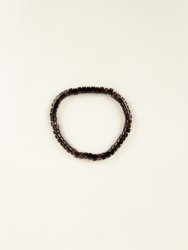 Accessoires bijoux
Accessoires bijoux
 Nouveautés
Nouveautés
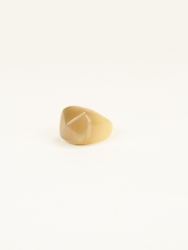 Bagues
Bagues
 Boucles d'oreilles
Boucles d'oreilles
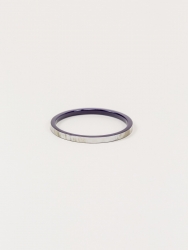 Bracelets
Bracelets
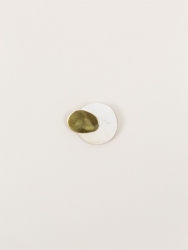 Broches
Broches
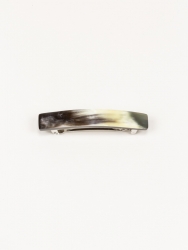 Cheveux
Cheveux
 Colliers
Colliers
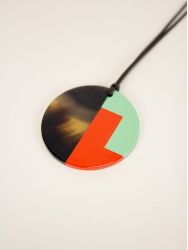 Pendentifs
Pendentifs
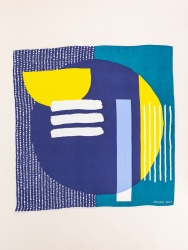 Soie
Soie
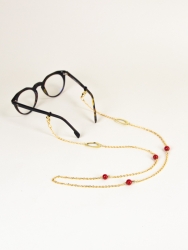 Chaînes à lunettes
Chaînes à lunettes
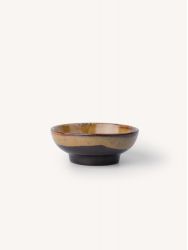 Maison
Maison
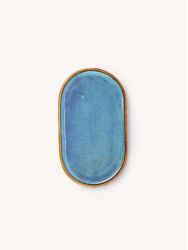 Nouveautés
Nouveautés
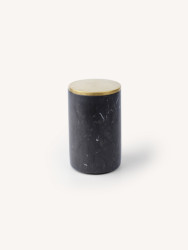 Accessoires d'intérieur
Accessoires d'intérieur
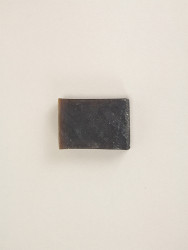 Bain
Bain
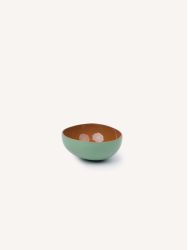 Table
Table
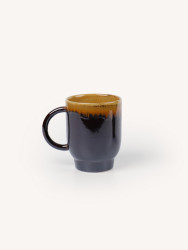 Thé & Café
Thé & Café
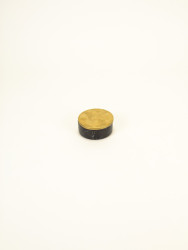 Rangement & Organisation
Rangement & Organisation